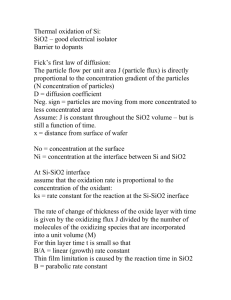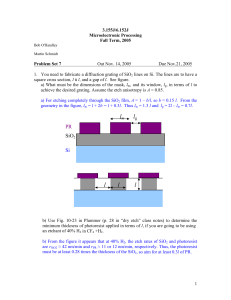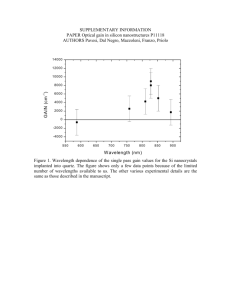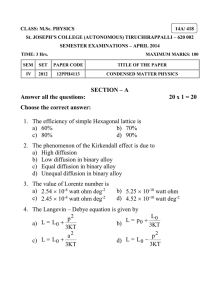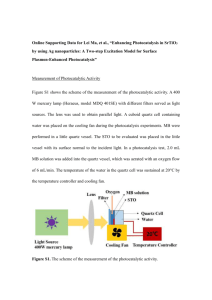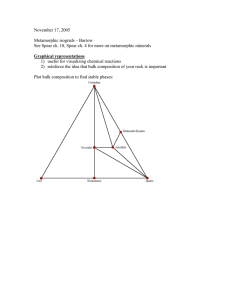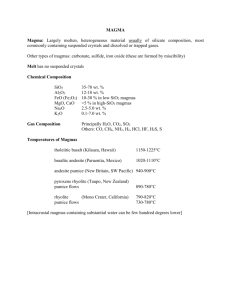INORGANIC MATERIALS
advertisement
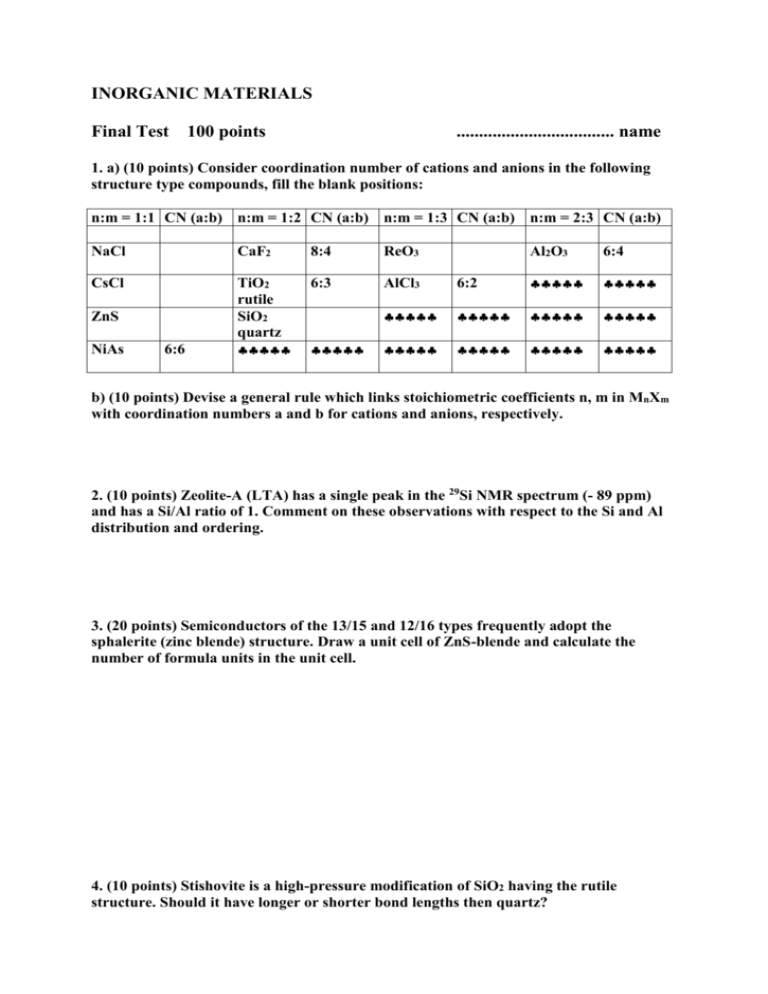
INORGANIC MATERIALS Final Test 100 points ................................... name 1. a) (10 points) Consider coordination number of cations and anions in the following structure type compounds, fill the blank positions: n:m = 1:1 CN (a:b) n:m = 1:2 CN (a:b) n:m = 1:3 CN (a:b) n:m = 2:3 CN (a:b) NaCl CaF2 8:4 ReO3 CsCl TiO2 rutile SiO2 quartz 6:3 AlCl3 ZnS NiAs 6:6 Al2O3 6:4 6:2 b) (10 points) Devise a general rule which links stoichiometric coefficients n, m in MnXm with coordination numbers a and b for cations and anions, respectively. 2. (10 points) Zeolite-A (LTA) has a single peak in the 29Si NMR spectrum (- 89 ppm) and has a Si/Al ratio of 1. Comment on these observations with respect to the Si and Al distribution and ordering. 3. (20 points) Semiconductors of the 13/15 and 12/16 types frequently adopt the sphalerite (zinc blende) structure. Draw a unit cell of ZnS-blende and calculate the number of formula units in the unit cell. 4. (10 points) Stishovite is a high-pressure modification of SiO2 having the rutile structure. Should it have longer or shorter bond lengths then quartz? 5. (10 points) Which of these polyhedra represent the coordination environment of a metal atom in a) copper b) magnesium 6. The solid state reaction between CaO and SiO2 is an important process in the cement and iron production (slag formation). Ca2SiO4 is formed in the first step. Write chemical reactions taking place at the interfaces and calculate the Kirkendall ratio for this process a) (10 points) First, assume counter diffusion of Ca2+ and Si4+ b) (20 points) The assumption a) is unrealistic, because the highly charged Si4+ is very strongly bound to the oxide network and its diffusion coefficient is negligible. Suggest alternative diffusion process and calculate the Kirkendall ratio.
